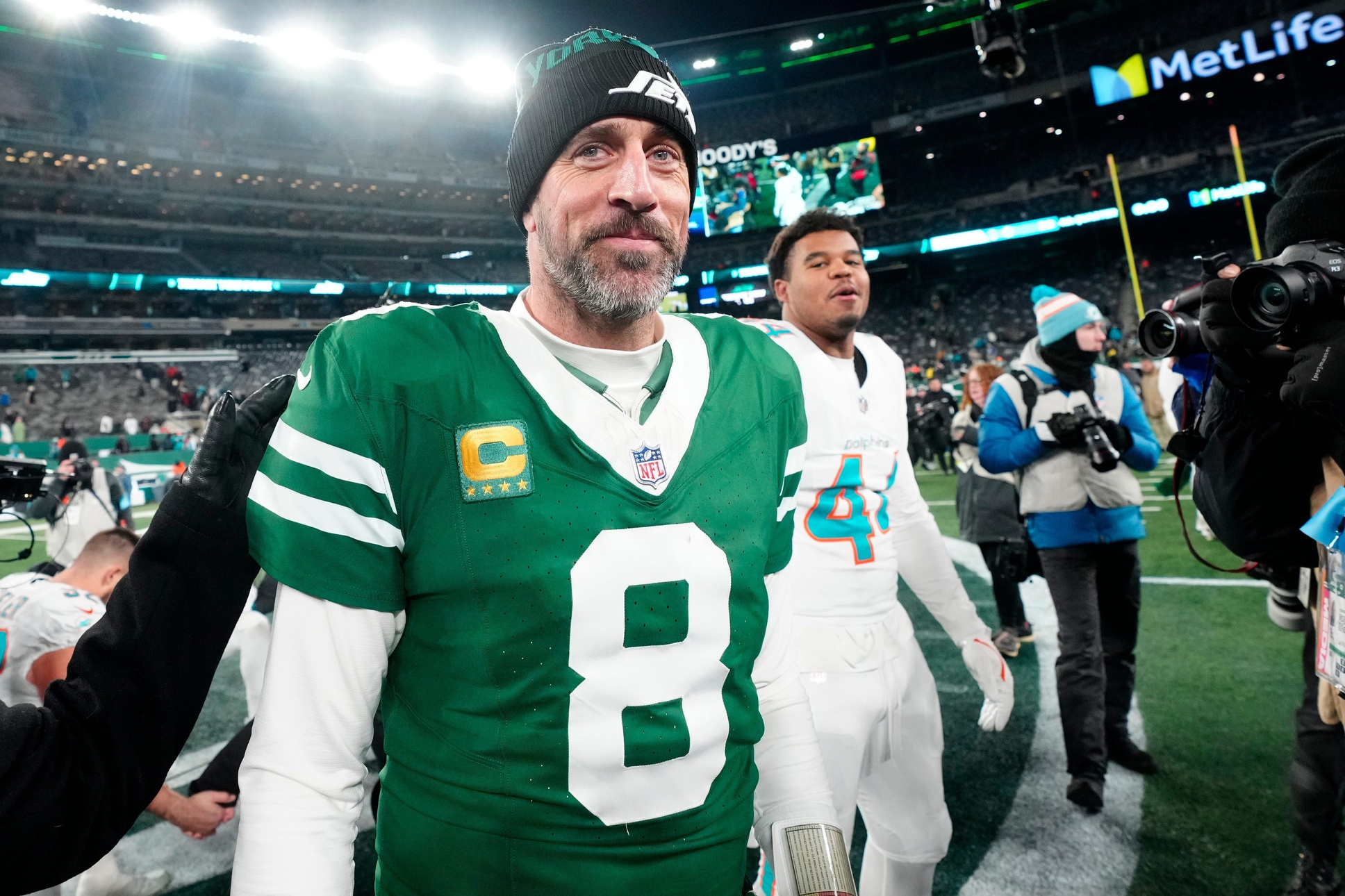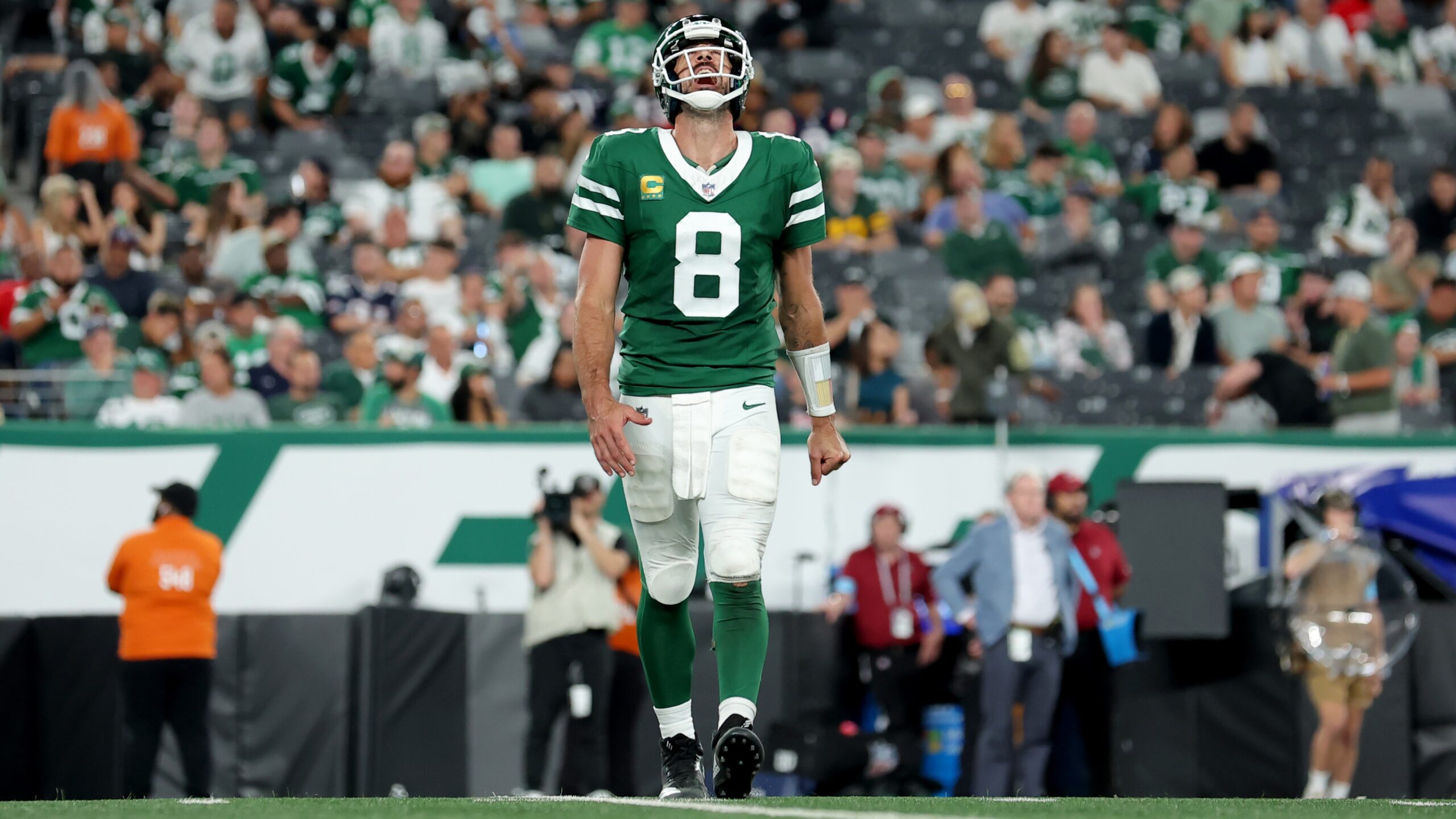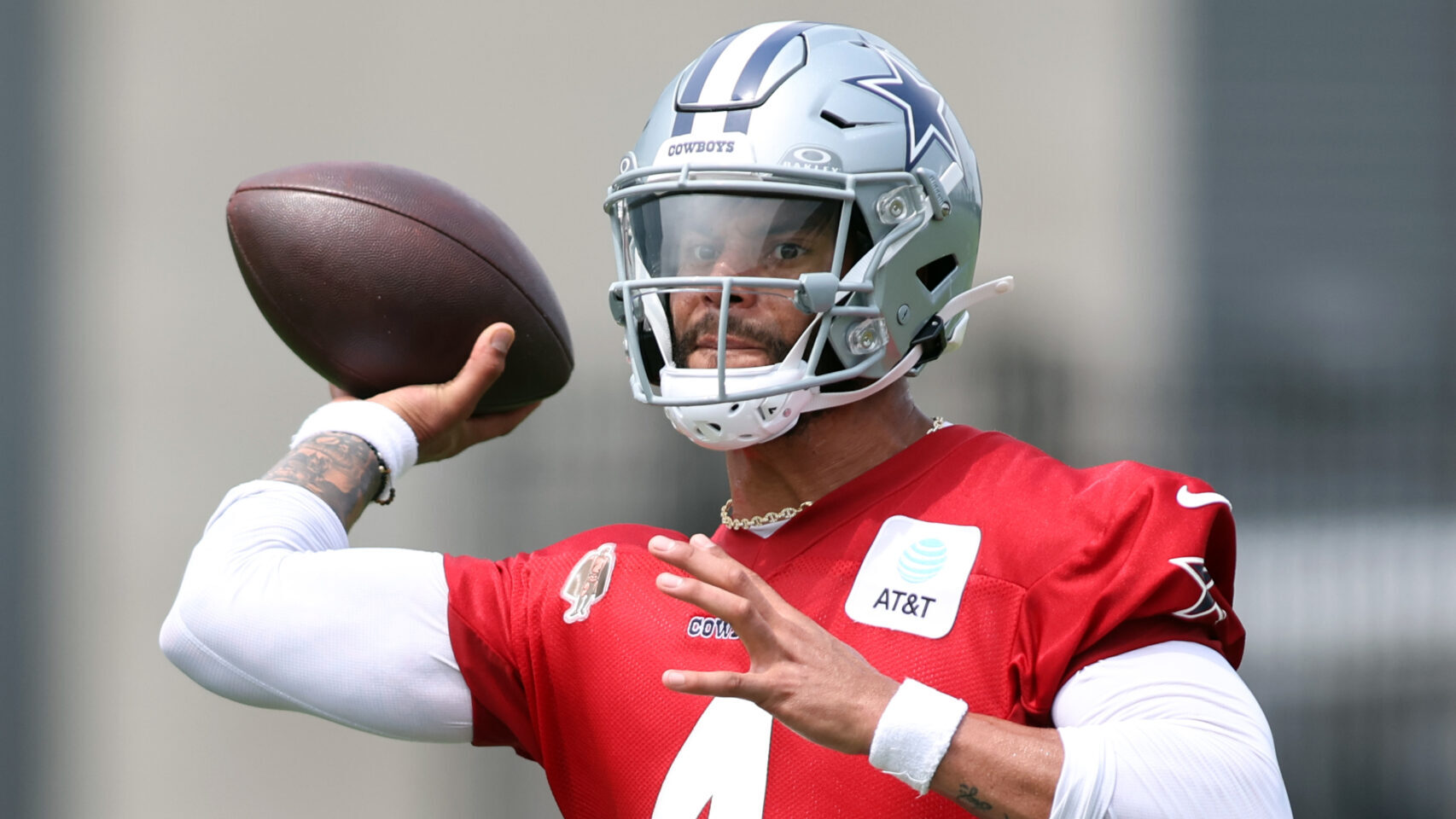Analysis
10/11/20
4 min min read
Getting to the QB Is Key to Success in the NFL
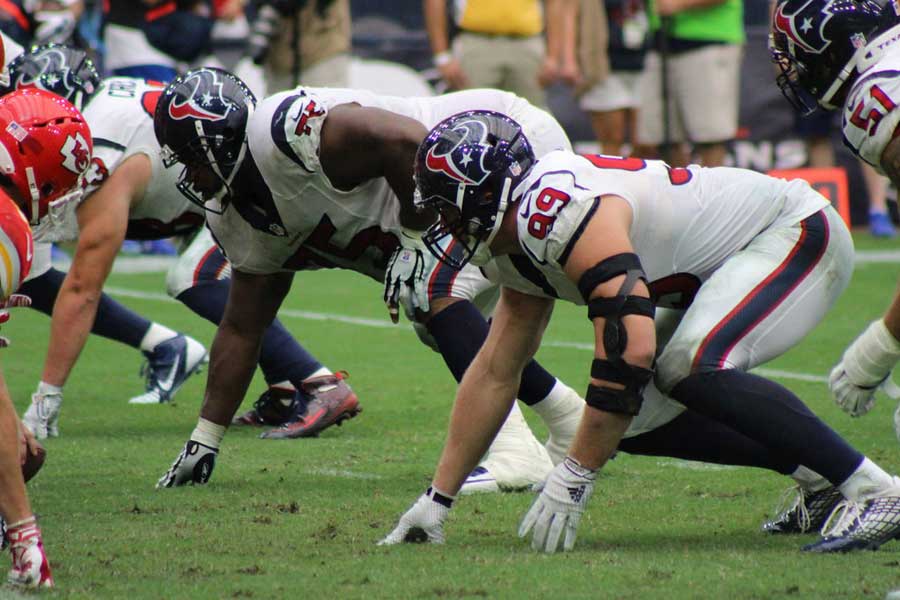

Applying pressure on the opposing quarterback is one of the most important things a team can do to win games. Organizations are willing to pay a premium for players who are able to do this. As a matter of fact, 17 of the top 20 highest-paid players on defense in 2020 are paid to pressure the quarterback.
Let’s take a look at how teams have performed at pressuring the quarterback through the first four weeks of 2020 and if it directly correlates with how many points they allowed and how many games they won. The main statistics used, via Pro Football Reference, are hurry rate, pressure rate and blitz rate. The data through the first four weeks are in the table below, sorted in ascending order by points per game allowed.
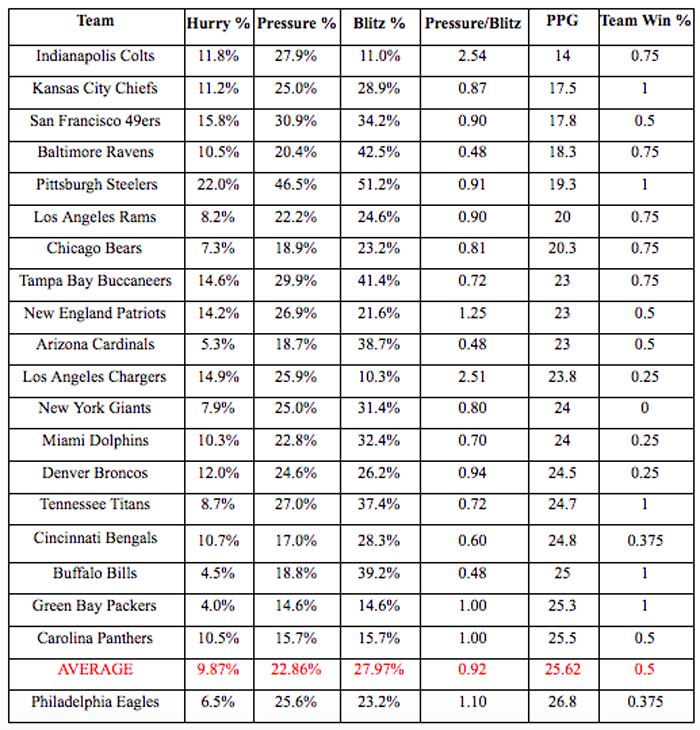
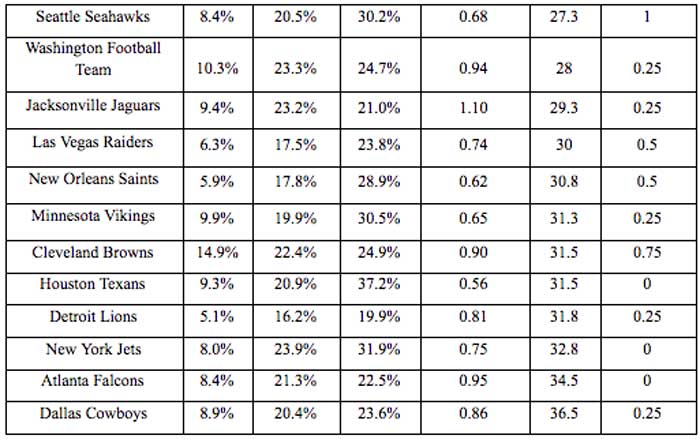
The 2020 NFL season is on pace to be the highest scoring season ever by a margin of over two points per game. For the first time since 1979, teams are averaging a rushing touchdown per game.
Looking at each statistic will give us a better idea of which is the most impactful on points per game and effectively, wins. Hurries account for plays where the quarterback is pressured, but is not knocked to the ground or sacked.
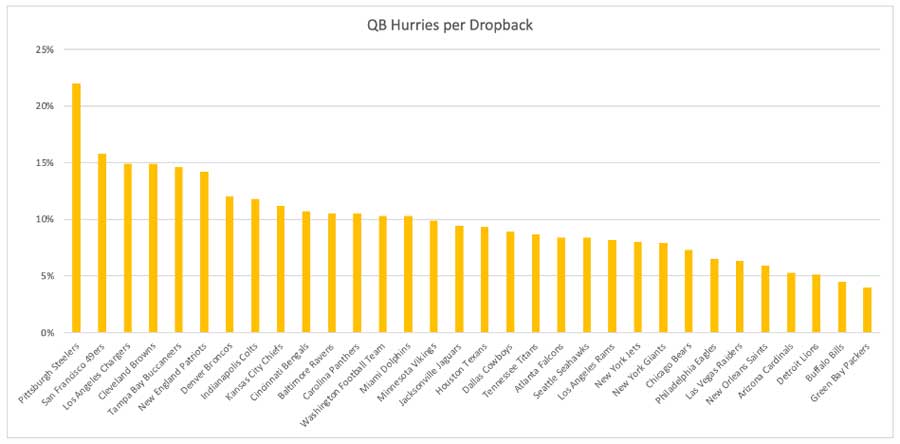
QB hurries per dropback by team in the NFL through four weeks are above. The Steelers are the best by a significant margin and surprisingly, the undefeated Bills and Packers rank last. Teams with a hurry percentage above 10% are allowing 22.5 points per game, while teams with a hurry percentage below 10% are allowing 28.05 points per game. Being below that 10% benchmark adds more than a field goal in points to your defensive scoring average.
Pressures are generally the most used statistic when looking at a team’s pass rush effectiveness. Pressures include hurries, knockdowns and sacks.
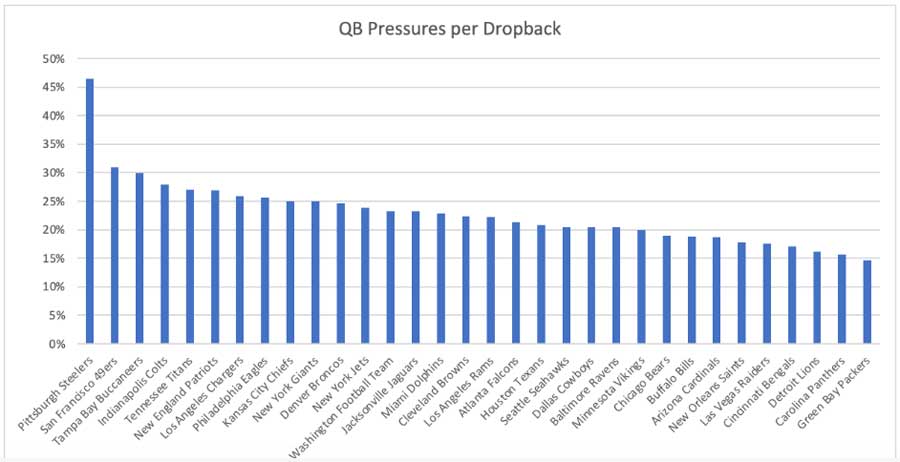
Ten teams pressure the quarterback on at least 25% of dropbacks. These teams are allowing only 21.39 points per game and feature four of the top five scoring defenses in the NFL (the Ravens are a top five scoring defense but have only been able to get pressure 20.4% of the time, despite blitzing the second-most in the NFL). In QB pressures, there is again an outlier. The Steelers average over 6% more hurries and over 15% pressures than any other team in the NFL. While the Steelers do have an outstanding pass rush featuring T.J. Watt and Bud Dupree, both of whom are in the top 10 in pressures in the NFL with one fewer game played, the Steelers are blitzing this year on over 50% of dropbacks. The next closest team, the Ravens, blitz at 42.5%. Pressures per blitz can show us which teams are most effective at creating pressures without needing to bring extra defenders.
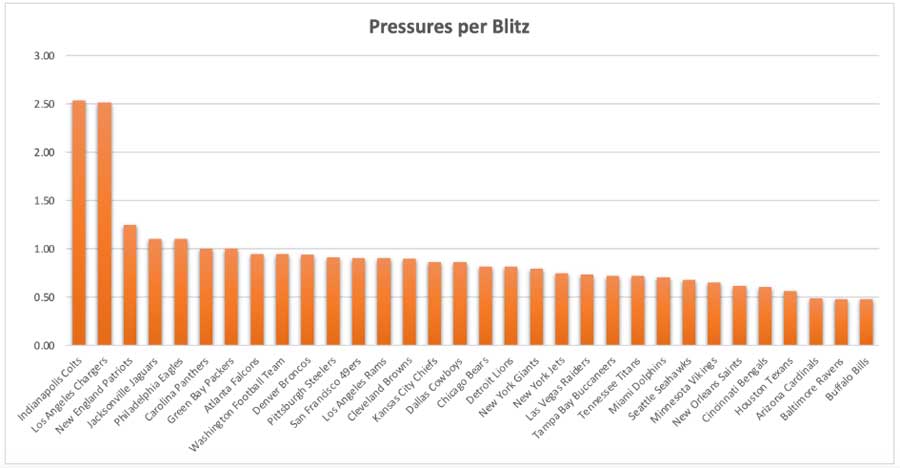
This graph shows how many times teams pressure the quarterback for every time they blitz. There clearly are two outliers here: The Colts and Chargers have both been outstanding at being able to get pressure without bringing extra defenders, averaging 2.54 and 2.51 pressures per blitz, respectively. This ratio is so high because the Colts and Chargers are the two teams who blitz the least in the NFL, at 11% and 10.3%. Regardless, they have been able to create pressure in unique ways and both benefit from excellent defensive lines and defensive backs who are able to give the pass rush time to get to the quarterback. It is no surprise that these teams are great at getting to the quarterback as the Colts spend the second-most on their defensive line in the NFL and the Chargers spend the sixth-most.
The Colts and Chargers are allowing an average of 18.9 points per game. The 16 teams that allow the least amount of points per game are able to put pressure on the quarterback 0.99 times for every blitz. The 16 teams that allow the most points are able to get 0.79 pressures per blitz.

There is a slight correlation between both hurries and pressures and points allowed per game. Surprisingly, there is less correlation in pressures per blitz and points per game allowed. If the two outliers are removed there is virtually no trend in the data relating pressures per blitz and points allowed per game. This means that teams should be trying to get pressure on the quarterback no matter how they do it. If a team has the personnel to apply pressure without having to blitz, like the Colts and Chargers, that is an advantage. Teams that are not as well equipped need to be creative with blitzes to try to pressure the quarterback when they can.
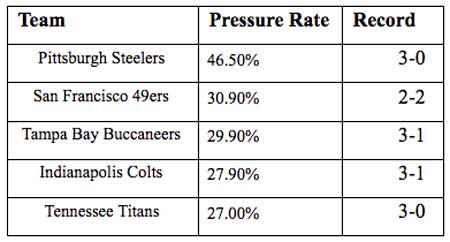
The strongest correlation so far in 2020 is with pressure rate and wins. The top five teams in pressure rate, shown above, have a combined record of 14-4 for a 78% win percentage through four weeks of the season. Over the top 10, the win percentage goes down but is still 60%. While this data set is skewed because of the small sample size and the unusually high scoring year, all metrics point towards the effectiveness of pressuring the quarterback. Interestingly enough, the correlation with points per game and pressures per blitz is not as strong as with just pressures, indicating that teams should be bringing more than four rushers on dropbacks.


